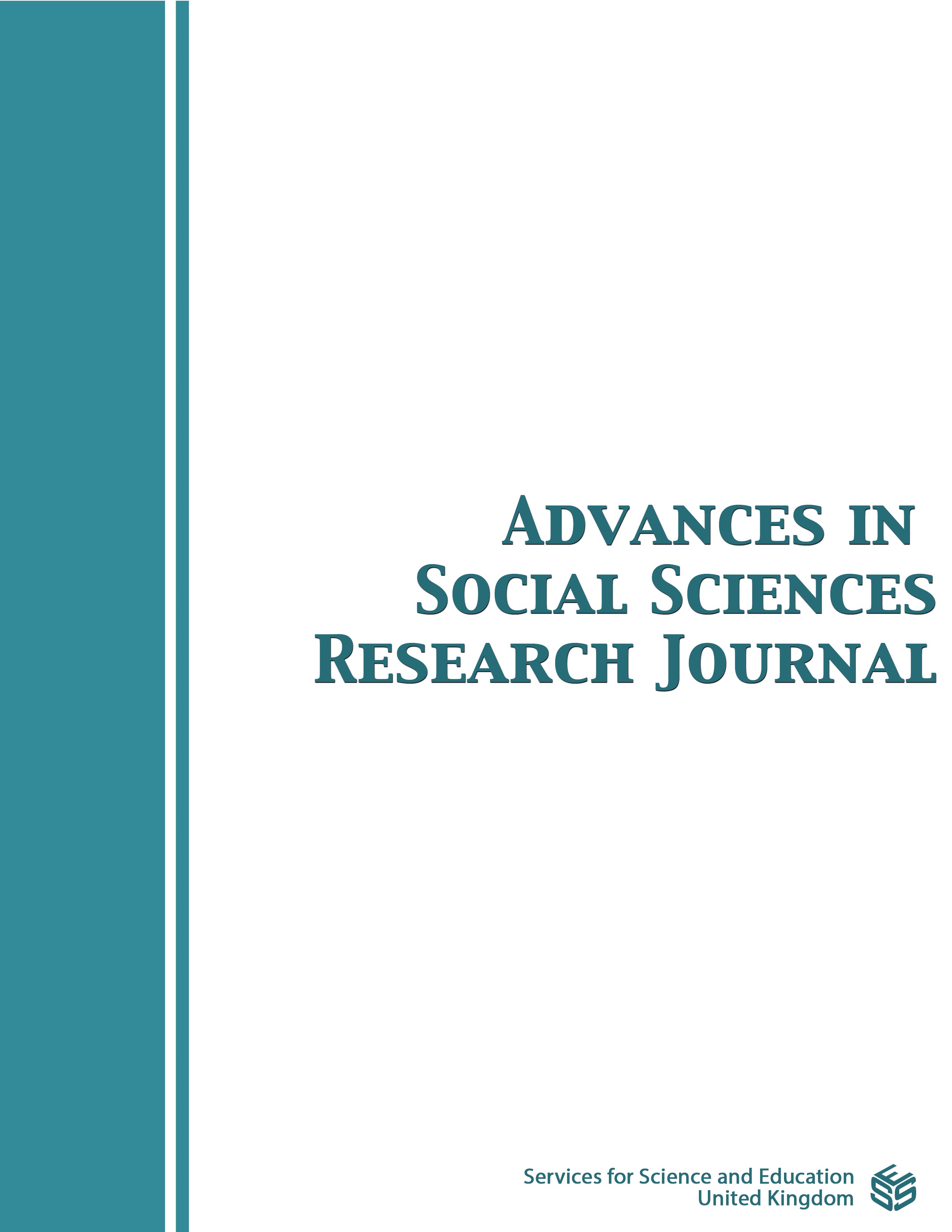Relationship Between Changes in Daily Living and Quality of Life During the Coronavirus Disease 2019 Pandemic Among the Older Population of Japan
DOI:
https://doi.org/10.14738/assrj.1011.15861Keywords:
COVID-19, daily living, elderly, pandemic, quality of lifeAbstract
Aim: This study aimed to examine changes in daily living and quality of life (QOL) among older adults living at home in Japan during the coronavirus disease 2019 (COVID-19) pandemic and to determine the relationship between the two. Methods: The participants in this study were Japanese adults aged ≥65 years who agreed to participate. This study was conducted using a questionnaire survey from 2021 to 2022 during the COVID-19 pandemic. Survey items included participants' age, sex, need for care, changes in daily living, and QOL. To assess changes in daily living, the participants were asked about changes in time spent standing, exercising, going out, talking, laughing, sleeping, and alone. QOL was assessed using the SF-8. The relationship between QOL and changes in daily living was analyzed using multiple regression analysis. Results: Of the 485 participants included, 198 (40.8%), 196 (40.4%), 284 (58.6%), 163 (33.6%), 149 (30.7%), and 43 (8.9%) reported a decrease in time spent standing, exercising, outside, talking, laughing, and sleeping, respectively. Additionally, 131 (27.0%) participants reported an increase in time spent alone. Multiple regression analyses indicated that physical QOL was associated with time spent outside, sleeping, and standing, and mental QOL with time spent standing, laughing, and alone. Conclusions: Physical and mental QOL were significantly associated with changes in daily living. Since time spent standing is associated with both physical and mental QOL, guidelines for maintaining time spent standing are particularly important.
Downloads
Published
How to Cite
Issue
Section
License
Copyright (c) 2023 Naoko Morisaki, Keizo Numata

This work is licensed under a Creative Commons Attribution 4.0 International License.
Authors wishing to include figures, tables, or text passages that have already been published elsewhere are required to obtain permission from the copyright owner(s) for both the print and online format and to include evidence that such permission has been granted when submitting their papers. Any material received without such evidence will be assumed to originate from the authors.






